TLDR: given a sensing device that produces a varying resistance, how does a "sensor" change this into a 4-20 mA current flow from a 24 V supply?
Various sensors (flow, fluid depth, ...) use a 4-20 mA output to convey their measurements: you put +24V into one of the two sensor wires, feed the other into, say, a 500 Ω resistor, and then connect that to ground:
+24 --- SENSOR --- R500 --- GND
| |
| |
A B
and then you can measure the voltage between A and B. If the current is 4 mA, you get 2 V; if the current is 20 mA, you get 10 V. You can then use this voltage to drive further circuits, etc.
I'd like to understand what's in the "SENSOR" part of this diagram. Because whatever it is has to be powered by a voltage-drop somewhere between 22 and 14 V, and I'm not used to thinking about circuits that don't have some sort of fixed supply voltage.
Can someone sketch out how this is done, assuming for the sake of illustration that the actual sensing device in this situation acts as a variable resistor, or point me to a reference?** [My knowledge-level is about "midway through a first semester electronics course", except that I know a lot more about vacuum tubes than most students, because of my age.]
** Yes, I've googled. I get a million hits for places that I can buy 4-20 mA sensors, but not much on their internals.
